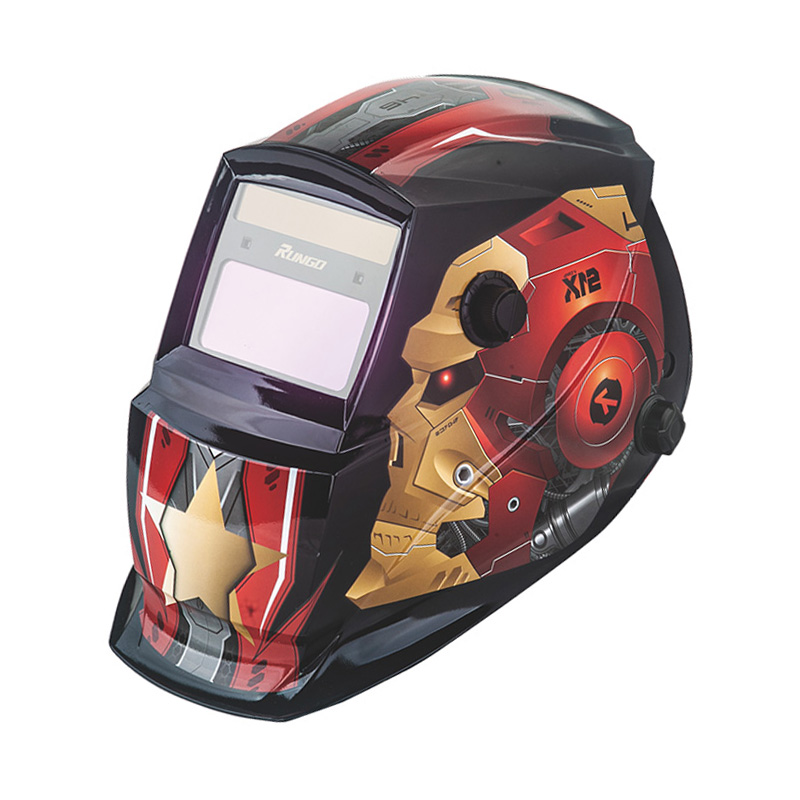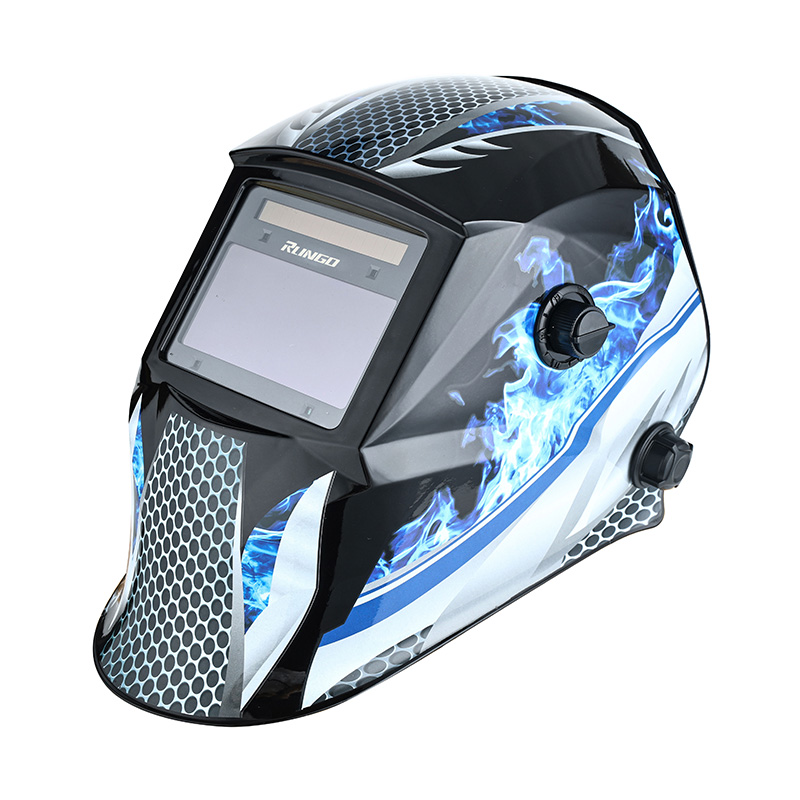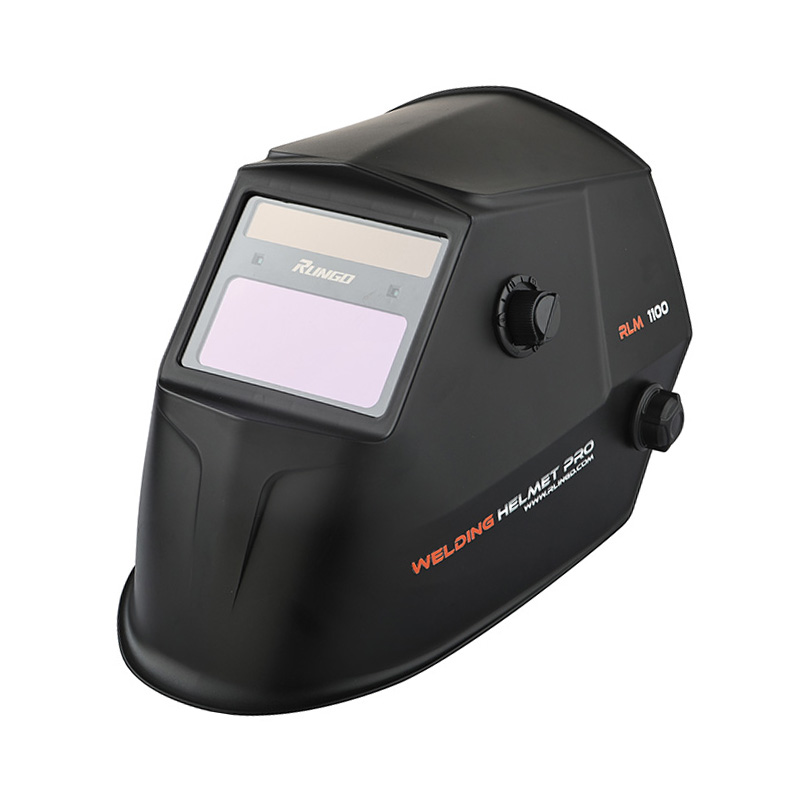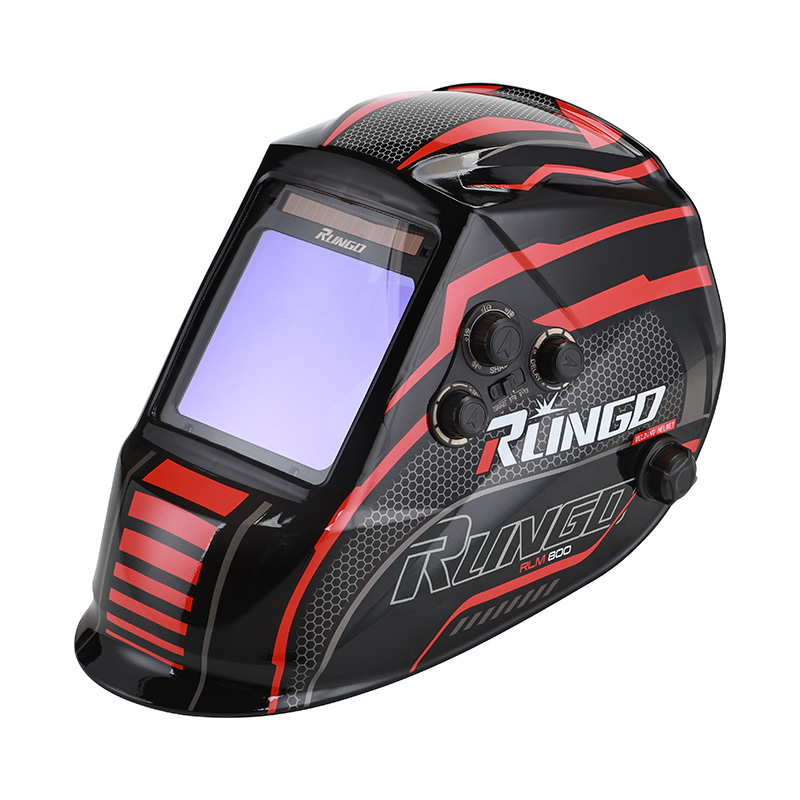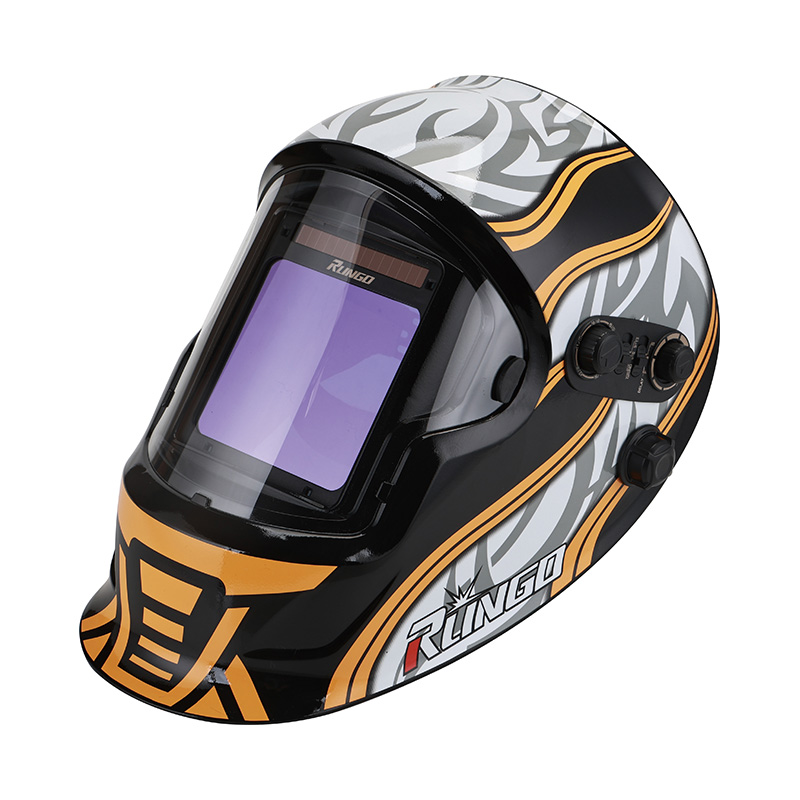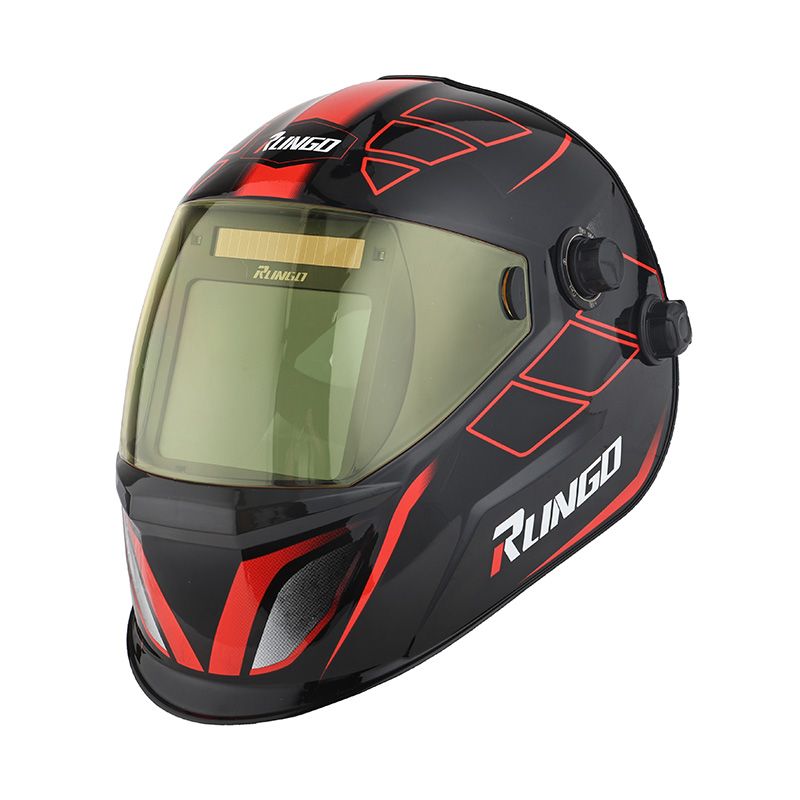Scratch Resistance and Overall Durability of Auto Lens Welding Helmets in Demanding Work Conditions
2025-08-01
Vulnerability of the Lens Surface to Scratches
One of the common concerns among welders is whether the viewing lens of a helmet can withstand the rigors of daily use without becoming scratched or hazy. An Auto Lens Welding Helmet features a specialized lens with auto-darkening capabilities, which is crucial for both eye protection and visibility. However, since this lens is frequently exposed to sparks, flying debris, and rough handling, it can be prone to surface scratches if not properly protected. Most helmets are designed with an outer protective cover lens that shields the more sensitive inner components. These outer covers are often replaceable and made from durable polycarbonate materials, though they may still show signs of wear over time, especially in high-use environments.
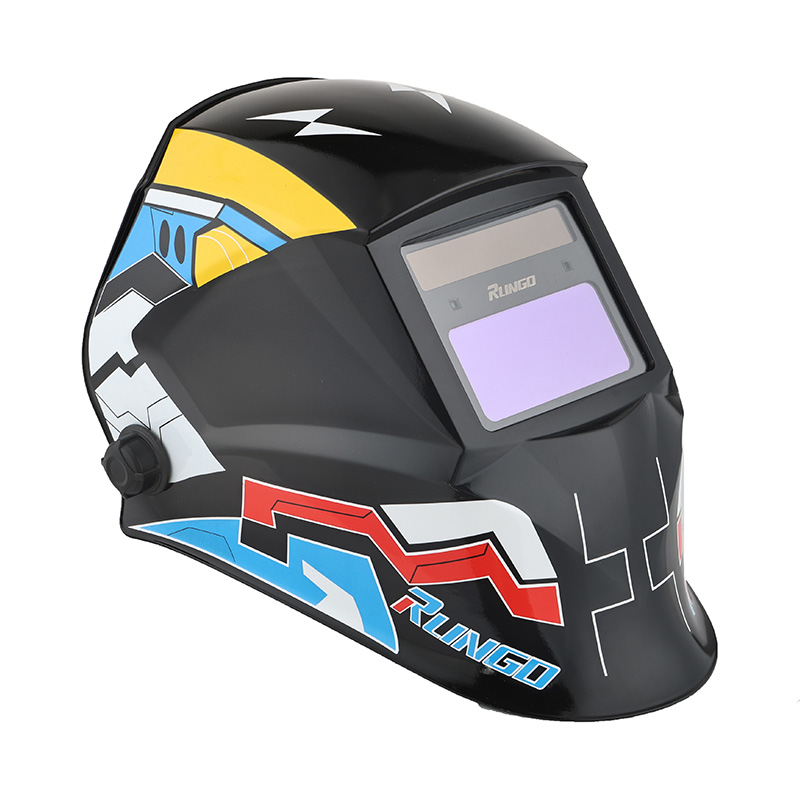
Durability of the Helmet Shell and Construction
Beyond the lens, the overall construction of the helmet also plays a major role in determining its long-term durability. Quality helmets are typically made from impact-resistant thermoplastics or composite materials that can absorb shock, resist high temperatures, and survive drops or bumps without cracking. This is particularly important in industrial settings or on construction sites where accidental impacts are common. A well-built helmet will retain its structural integrity and provide consistent protection over months or years of heavy-duty use.
Replaceable Components to Extend Lifespan
Many Auto Lens Welding Helmets are designed with modular features, allowing users to replace worn or damaged parts instead of discarding the entire unit. The outer cover lens, inner lens, headgear padding, and even the auto-darkening cartridge are often removable and replaceable. This not only enhances the helmet’s resistance to visible wear but also significantly extends its service life. Regularly changing the outer lens cover, for example, prevents scratches from accumulating and affecting vision, while keeping the more sensitive inner lens in better condition.
Resistance to Common Workplace Hazards
Welding helmets are constantly exposed to spatter, grinding dust, oil residue, and UV radiation. The best models are engineered with coatings or features that increase resistance to these environmental hazards. Anti-scratch coatings on lenses, UV- and IR-resistant housing materials, and sealed electronic components all contribute to reducing damage. While no helmet is entirely immune to wear, those with higher-end protective features are noticeably more resistant to physical and environmental stressors. Users who routinely work in high-risk environments benefit from choosing models specifically designed for durability and resistance to abrasion.
Maintenance Practices That Improve Durability
Even a high-quality helmet can suffer premature wear if not properly cared for. Cleaning the lens regularly with a microfiber cloth and lens-safe solution, storing the helmet in a padded case, and replacing protective covers when they show wear are all critical practices. Avoiding harsh chemicals and abrasive tools during cleaning helps prevent scratching the lens surface. Simple maintenance steps like these can preserve both the appearance and performance of the helmet over time, ensuring that the auto-darkening feature and viewing clarity remain intact.
Feedback from Experienced Welders on Long-Term Use
Welders with extensive field experience often report that while some scratching is inevitable with long-term use, it rarely affects functionality if the helmet is well-designed and properly maintained. Many emphasize the importance of having spare contact lenses on hand and making replacements part of their routine. Professionals also favor helmets with durable headgear and secure lens housing that holds up well to constant donning, adjustment, and movement. These practical insights underline that while the helmet may be exposed to demanding conditions, good design and care go a long way in preserving its condition.
Conclusion: Durability Depends on Design and Care
In conclusion, while the lens surface of an Auto Lens Welding Helmet can be susceptible to scratches, especially if the outer protective cover is neglected, most models are designed with durability in mind. From tough shell construction to replaceable components and anti-scratch lens coatings, the helmet is built to handle rugged working environments. With routine maintenance and proper usage, it can remain functional and clear for a long time, making it a reliable and cost-effective investment for both professionals and occasional users.

